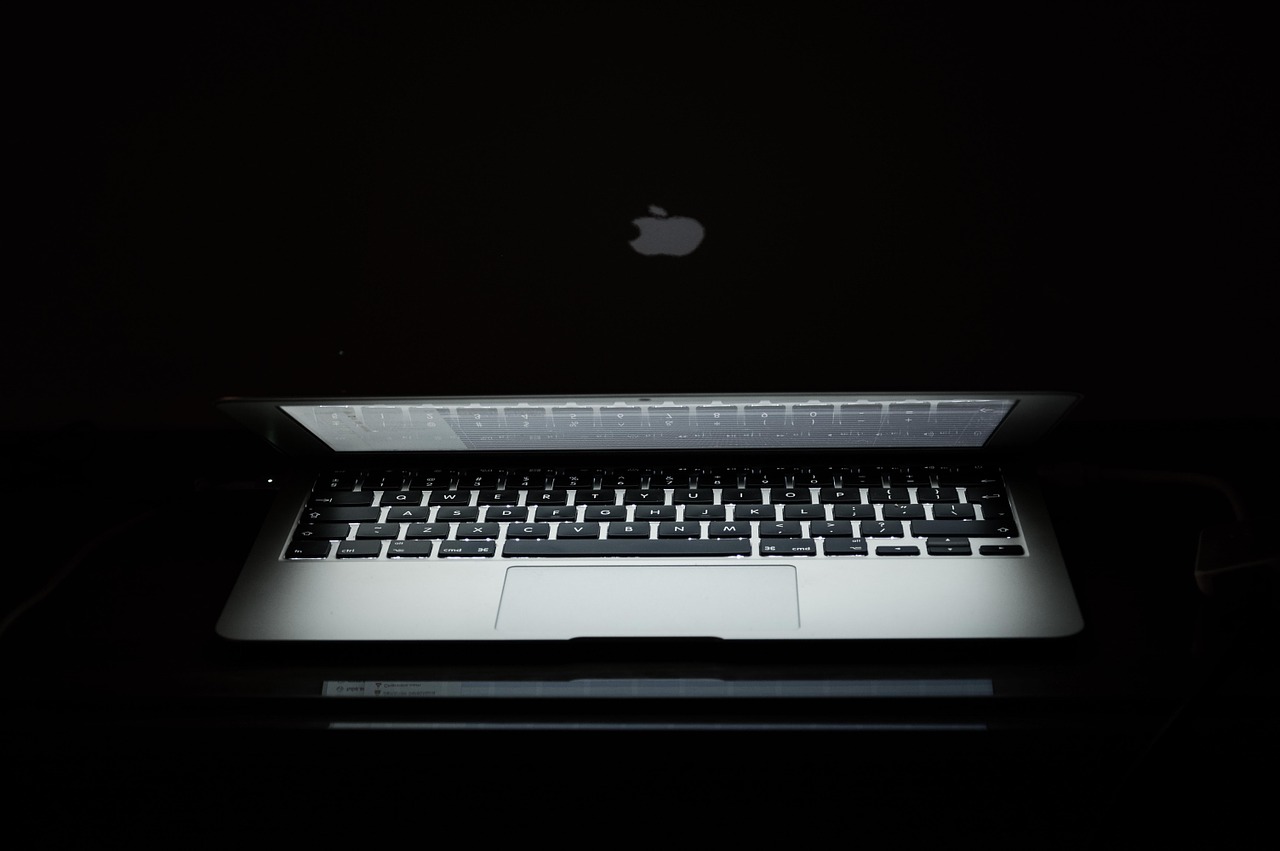I’m a regular user of Apple’s products and services. Their ecosystem is unrivaled. If you buy an Apple product, typically, it will be of VERY high quality.
How did Apple become mainstream from the mid-2000’s onward? I think it’s partially because they innovated and stayed up to date with hardware. As of late, they still do the a little of the former and very little of the latter. Gateway products like the iPod and then iPhone obviously took the company to new heights, but, Apple definitely competes very well with the PC manufacturer heavy-weights today.
When Apple switched from using Power PC to Intel CPUs, they kept up to date and handily kept pace with PC rivals such as Dell and HP, giving consumers and businesses access to the latest processing technologies and specs that led people to switch over from PC to Mac; even I was compelled to do so. New Mac users could get the best of both worlds; by switching over to the Intel platform, Macintosh computers could run BOTH Mac OS X and Windows, especially with Apple’s Bootcamp software through dual-booting. Life was good.
What’s happening right now?
Most of the Macintosh lineup has remained the same. In the case of the Macbook Pro non-retina, it has literally remained the same since 2012. That’s four years ago at the time of this writing. FOUR YEARS ago. Apple is selling a four year-old machine for the price of a 2016 machine. It currently retails for $1099 US. According to MacRumors’ Buyer’s Guide, the average update cycle for the particular model has historically been 261 days. It’s been almost 1500 days since it was updated. So why is Apple still selling it? According to some, it’s still a huge seller. Folks are still purchasing it because either A) It’s the only notebook in Apple’s lineup that’s user serviceable B) It’s the only really affordable decent notebook Apple offers C) They’re ignorant of just how ‘old’ that model really is.
The Macbook Pro Non-Retina is not the only notebook with ‘old’ hardware- even the top of the line Macbook Pro Retina 15” is powered by a two year-old CPU. While the notebook itself is officially only a little over a year old (it was released in May 2015), and is still a very powerful machine. However, rival notebook manufacturers are already using 6th generation Intel microprocessors. In contrast, Apple’s offerings only utilize 4th generation microprocessors with the Non-Retina Macbook Pro using 3rd generation Intel microprocessors.
Is Apple cutting edge anymore? Hardly. At least in terms of hardware. Software-wise, they are still innovating and improving the ecosystem, making the links between iOS, tvOS and OS X (soon to evolve into macOS) even closer.
In Apple’s defense, cutting edge hardware isn’t needed to run cutting edge software. My 4-9 year-old hardware runs the latest versions of Windows and distros of Linux just fine. However, I did not pay premium prices for any of them like what one would pay for a new Mac. What Apple is really selling these days is their ecosystem and the software that makes it happen. If users are willing to pay for that, then by all means. Supply and Demand!
While the Mac VS PC commercials of the of the mid-late 2000s were amusing, many of the claims made then are no longer valid. I’m very sure they helped the company tremendously, let’s hope Apple’s hubris doesn’t get the better of them. While Apple’s hardware may not be bleeding edge, their design cues and features have sharpened the competition shaped the way notebooks and desktops are now built. For better or for worse, we use notebooks that are thinner, lighter, and have great battery life, with trade-offs, mind you.
Hopefully, Apple will make some major hardware announcements soon and start blazing new trails again.
I could go on about their mobile devices too, but maybe I’ll leave that for another day.

